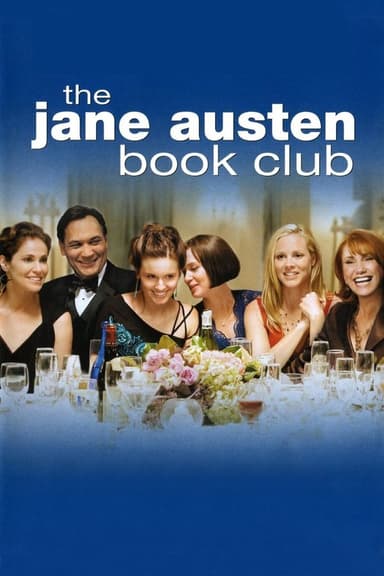
How to Be Single
2016 • Comedy, Romance • R
New York City is full of lonely hearts seeking the right match, and what Alice, Robin, Lucy, Meg, Tom and David all have in common is the need to learn how to be single in a world filled with ever-evolving definitions of love.
Runtime: 1h 50m
Why you should read the novel
Dive into Liz Tuccillo’s novel, How to Be Single, for a richer, more nuanced journey through the complexities of singlehood. The book goes beyond the comedic situations and surface-level romance seen in the movie, offering deeper perspectives on friendship, heartbreak, and empowerment. Its narrative invites you to connect with characters in a way that’s impossible within the time constraints and fast pace of the film.
In the book, you’ll travel alongside Julie and her friends as they navigate life and love across different continents, cultures, and personal crises. The novel delves into their individual backgrounds, dreams, and vulnerabilities, painting a compelling, intimate portrait of single women seeking fulfillment on their own terms. Through their stories, Tuccillo explores societal expectations and the genuine joys and challenges of independence.
Opting for the source material allows you to savor the wit, warmth, and raw emotion that can often be skimmed over in adaptations. If you’re looking for a story that values self-exploration as much as romance, and cherishes the highs and lows of being single, the novel delivers a rewarding, thought-provoking experience.
Adaptation differences
The most significant difference is the movie’s focus on Alice, played by Dakota Johnson, and her journey in New York City. While the novel follows Julie and her group of friends as they explore single life around the world, the film narrows its scope, centering most of the narrative on Alice’s personal growth and comedic mishaps. This change alters the tone, making the film feel more like a mainstream rom-com than a global exploration of singleness.
Another key divergence is in character development and relationships. The book delves deeply into the lives and backstories of Julie and each of her friends, giving readers insight into their motivations and emotional growth. The film, constrained by runtime, relies more on archetypes and condensed storytelling, sometimes sacrificing the complexity and authenticity found in the novel.
Additionally, the book’s globe-trotting structure, with Julie traveling to cities like Paris, Rio, Beijing, and Sydney to research single life, is omitted in the movie adaptation. Instead, most of the action is set in New York, losing the international perspective on romance, culture, and relationships that made the book unique. This decision strips away some of the broader social commentary present in the original work.
Finally, the tone of the novel leans more toward introspection and emotional authenticity, often grappling with loneliness, societal pressures, and genuine friendships. The film, with its comedic emphasis and brisk pacing, opts for punchy humor and romantic entanglements, softening the harder truths presented in Tuccillo’s writing. Readers will notice that the book’s nuanced explorations are replaced in the movie by lighter, more easily resolved conflicts.
How to Be Single inspired from
How to Be Single
by Liz Tuccillo










